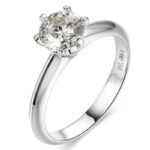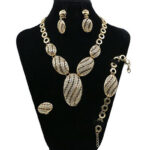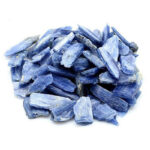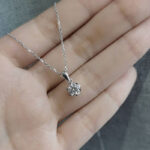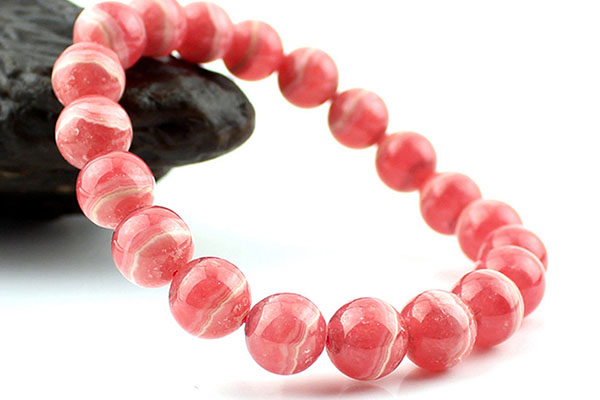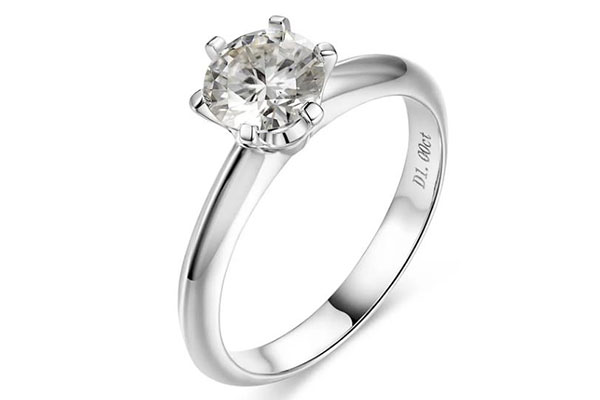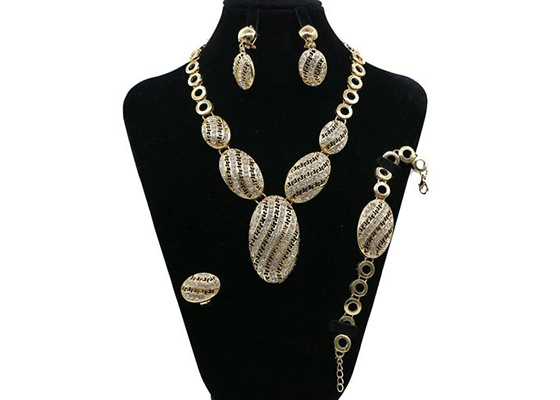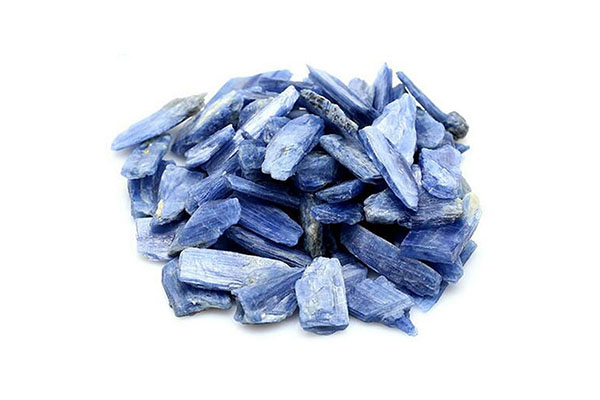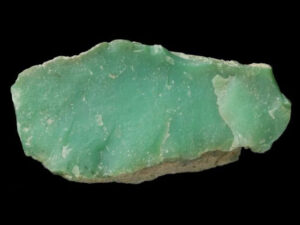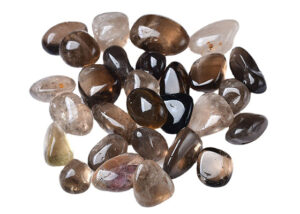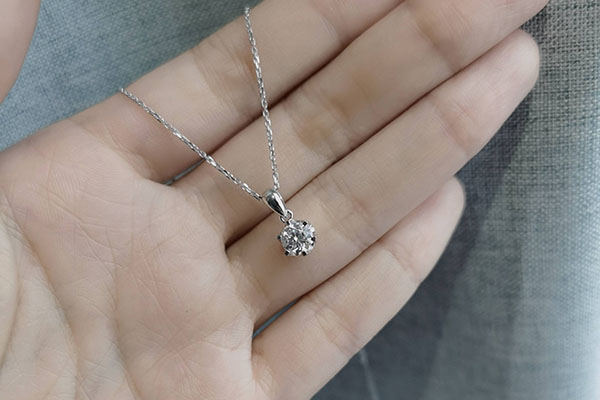Quartz is a popular mineral in the gemstone industry due to its durability, versatility, and wide range of colors and patterns. Among the many varieties of quartz, two stand out for their unique appearance and properties: fire quartz and strawberry quartz. In this article, we will explore the differences and similarities between these two gemstones and give you a comprehensive guide on their characteristics, origins, metaphysical properties, and market value.
What is Quartz?
Quartz is a mineral composed of silicon and oxygen atoms arranged in a crystalline structure. It is one of the most abundant minerals on Earth, found in various forms and locations, from igneous, sedimentary, and metamorphic rocks to sand and soil. Quartz comes in a wide range of colors, from colorless to pink, yellow, green, blue, purple, and black, depending on the impurities and the crystal structure. Some of the most popular varieties of quartz used in jewelry and decorative objects include amethyst, citrine, rose quartz, smoky quartz, and clear quartz.
Quartz is prized for its hardness, which ranks 7 on the Mohs scale, making it resistant to scratches and abrasion. It is also resistant to heat, chemicals, and weathering, making it a durable material for various industrial applications, such as electronics, optics, ceramics, and construction. In addition to its physical properties, quartz is also known for its metaphysical properties, which are believed to enhance the wearer’s energy, spirituality, and healing abilities.
Fire Quartz
Definition and characteristics
Fire quartz, also known as hematoid quartz or fire quartzite, is a type of quartz that contains inclusions of iron oxide, such as hematite or limonite, that give it a reddish-brown color and a fiery appearance. The iron oxide inclusions may form a variety of patterns, such as speckles, streaks, clouds, or dendrites, depending on the conditions of formation. Fire quartz is often opaque or translucent, with a glassy or matte luster, and may be polished or cut into cabochons or beads.
Geological formation and distribution
Fire quartz is formed through a process of hydrothermal alteration, where hot water and mineral-rich fluids seep through the cracks and voids of preexisting rocks and deposit new minerals inside the cavities. The iron oxide inclusions in fire quartz are thought to be formed by the precipitation of iron ions from the hydrothermal fluids onto the quartz surface. Fire quartz can be found in various locations around the world, such as Brazil, Madagascar, Morocco, Australia, and the United States.
Colors, patterns, and variations
Fire quartz is characterized by its reddish-brown color and its fiery inclusions. The iron oxide inclusions may take various shapes and sizes, creating unique patterns and designs. Some fire quartz specimens may have a prominent central inclusion that resembles a flower or a star, while others may have a scattered distribution of inclusions that resemble a galaxy or a nebula. The intensity and distribution of the iron oxide inclusions may also vary, affecting the overall color and brightness of the stone.
Physical and metaphysical properties
Fire quartz is believed to have various metaphysical properties, such as grounding, energizing, and purifying. It is said to activate the root chakra, which governs the body’s physical vitality and survival instincts, and stimulate the circulation of energy throughout the body. Fire quartz is also believed to enhance one’s confidence, courage, and willpower, and promote a sense of stability and security.
Physically, fire quartz is said to have healing properties for various ailments, such as blood disorders, inflammation, and infections. It is also said to help relieve stress, anxiety,and depression, and promote a sense of calmness and emotional balance.
Uses and market value
Fire quartz is commonly used in jewelry, such as rings, pendants, and earrings, as well as in decorative objects, such as figurines and sculptures. Its unique appearance and metaphysical properties make it a popular choice for people who seek a gemstone that combines aesthetic and spiritual value. The market value of fire quartz varies depending on the size, quality, and rarity of the specimen. Small, low-quality fire quartz cabochons or beads may cost as little as a few dollars, while large, high-quality fire quartz specimens with intricate patterns and bright colors may cost hundreds or even thousands of dollars.
Strawberry Quartz
Definition and characteristics
Strawberry quartz is a type of quartz that contains inclusions of iron oxide or goethite that give it a pinkish-red color and a strawberry-like appearance. The iron oxide inclusions may form a variety of shapes and sizes, such as dots, spots, or veins, creating a speckled or mottled effect on the quartz surface. Strawberry quartz is usually translucent to transparent, with a glassy or waxy luster, and is often cut into faceted gems or cabochons.
Geological formation and distribution
Strawberry quartz is formed in a similar way to fire quartz, through a process of hydrothermal alteration. The iron oxide or goethite inclusions are thought to be deposited onto the quartz surface by the hydrothermal fluids, creating the characteristic pinkish-red color. Strawberry quartz can be found in various locations around the world, such as Brazil, Madagascar, Mexico, and the United States.
Colors, patterns, and variations
Strawberry quartz is characterized by its pinkish-red color and its speckled or mottled appearance. The iron oxide or goethite inclusions may form various patterns and designs, ranging from subtle to bold. Some strawberry quartz specimens may have a uniform distribution of inclusions, creating a homogeneous color, while others may have a clustered or scattered distribution, creating a more complex and dynamic effect. The color and intensity of the inclusions may also vary, affecting the overall appearance and value of the stone.
Physical and metaphysical properties
Strawberry quartz is believed to have various metaphysical properties, such as love, compassion, and harmony. It is said to activate the heart chakra, which governs the emotions, relationships, and empathy, and promote a sense of warmth, kindness, and generosity. Strawberry quartz is also believed to enhance one’s creativity, intuition, and spiritual awareness, and facilitate the manifestation of one’s desires.
Physically, strawberry quartz is said to have healing properties for various ailments, such as heart problems, hormonal imbalances, and digestive issues. It is also said to help relieve stress, tension, and negative emotions, and promote a sense of relaxation and inner peace.
Uses and market value
Strawberry quartz is commonly used in jewelry, such as necklaces, bracelets, and earrings, as well as in decorative objects, such as vases and figurines. Its gentle color and metaphysical properties make it a popular choice for people who seek a gemstone that embodies love and compassion. The market value of strawberry quartz depends on the size, quality, and rarity of the specimen. Small, low-quality strawberry quartz cabochons or beads may cost as little as a few dollars, while large, high-quality strawberry quartz gems with vibrant color and clarity may cost hundreds or even thousands of dollars.
Comparison between Fire Quartz and Strawberry Quartz
Differences in appearance and composition
Fire quartz has a reddish-brown color and fiery inclusions of iron oxide, while strawberry quartz has a pinkish-red color and speckled inclusions of iron oxide or goethite. Fire quartz has a more intense and dynamic pattern, while strawberry quartz has a gentler and more uniform pattern. In terms of composition, fire quartz has a higher concentration of iron oxide, while strawberry quartz may also contain goethite.
Differences in metaphysical properties
Although both fire quartz and strawberry quartz are believed to have metaphysical properties, they differ in their focus and effects. Fire quartz is said to activate the lower chakras, such as the root and sacral chakras, and promote vitality, courage, and passion. Strawberry quartz, on the other hand, is said to activate the heart chakra, and promote love, compassion, and harmony. While fire quartz may help one overcome fears and obstacles, strawberry quartz may help one open up to love and empathy.
Differences in uses and market value
Fire quartz and strawberry quartz are both used in jewelry and decorative objects, but they may appeal to different audiences and purposes. Fire quartz may be more suitable for people who seek a gemstone that embodies strength and intensity, or for those who want to balance their lower chakras. Strawberry quartz, on the other hand, may be more suitable for people who seek a gemstone that embodies love and warmth, or for those who want to activate their heart chakra. In terms of market value, fire quartz may be more expensive than strawberry quartz due to its rarity and intensity, but both gemstones can range in price depending on the quality and size of the specimen.
Related:
Rose Quartz vs. Strawberry Quartz: Which is Right for You?
Conclusion
Fire quartz and strawberry quartz are two types of quartz that differ in their appearance, composition, metaphysical properties, and uses. Fire quartz has a reddish-brown color and fiery inclusions of iron oxide, and is said to activate the lower chakras and promote vitality and passion. Strawberry quartz has a pinkish-red color and speckled inclusions of iron oxide or goethite, and is said to activate the heart chakra and promote love and harmony. Both gemstones have their unique beauty and value, and can be used for various purposes in jewelry and decorative arts. Whether you prefer the fiery energy of fire quartz or the gentle warmth of strawberry quartz, these gemstones can offer a touch of nature’s wonder and spiritual guidance in your life.

